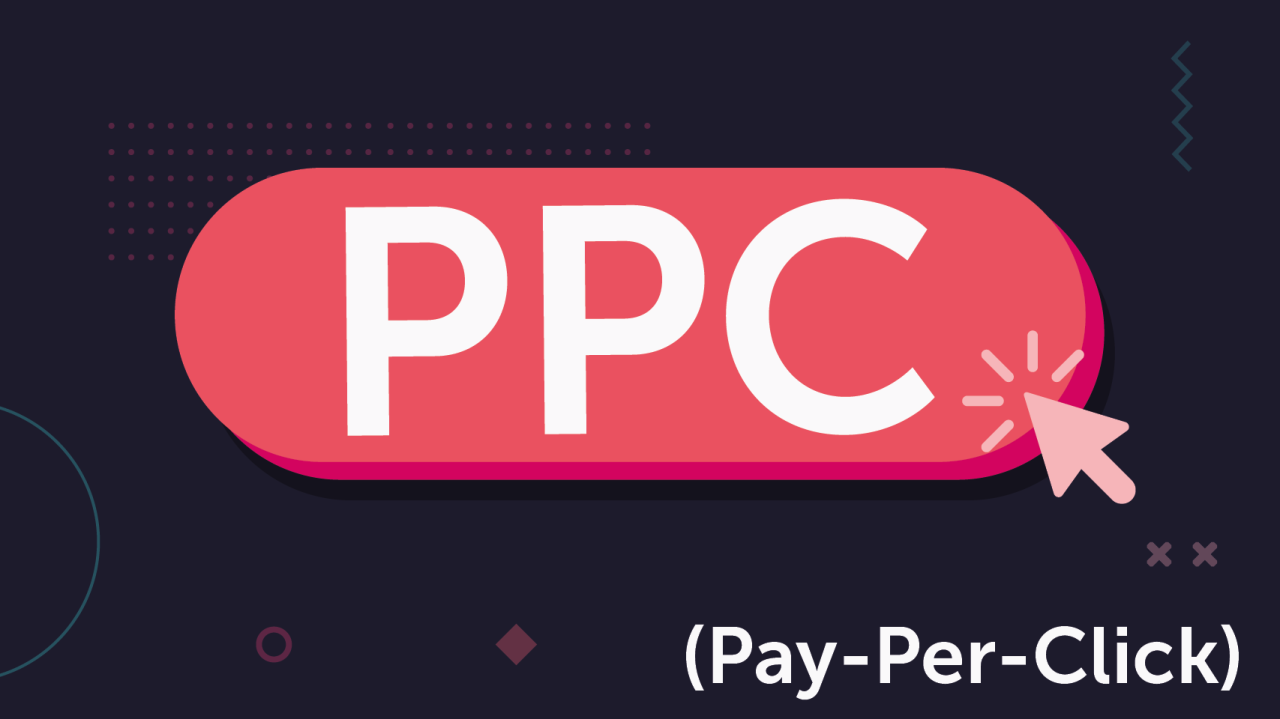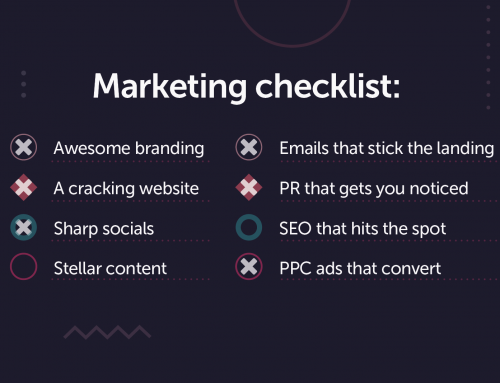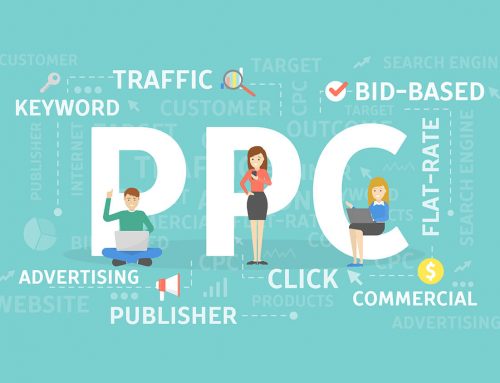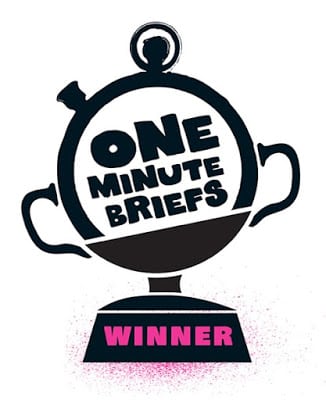These days, there’s a lot of talk about SEO when it comes to marketing your business online. But whilst SEO (search engine optimisation) is vital, it can also be very time-consuming and competitive. People often mistakenly assume they’ll get immediate results, but SEO is a long-term strategy — so don’t expect to see results overnight.
In comparison, PPC (pay-per-click) advertising allows you to show ads to your target audience almost immediately, within minutes of launching a campaign. Plus, as the name suggests, you only ever pay when a user clicks on your ad — making PPC a highly cost-effective method that gives you greater control over your budget.
PPC has a huge user base and is a highly targeted form of marketing that covers Google ads as well as social ads on Facebook and LinkedIn. It’s a brilliant way of using paid advertising to focus on your target market and can perform exceptionally well (with the right strategy, of course!) when using it to drive traffic and conversions.
As a part of your digital marketing strategy, you can apply PPC to all three areas of the marketing funnel: awareness, consideration and conversion.
The awareness stage helps to generate interest in your brand, whilst the consideration phase gets people to think about you, your products and services over competitors. The conversion stage then drives action in line with your goals.
So, your PPC strategy could include a campaign for each area of the funnel to appeal to people at different stages of the buying process.
Awareness and consideration
If you want to raise awareness of your brand, you can personalise your PPC advertising campaign to target a specific group of people based on their interests and demographics. For example, if your primary audience is women in their 20s, but you’ve recently launched a new product aimed at teenage girls, you can target your Facebook ads using demographic data from people’s profiles to help raise awareness amongst this group.
Equally, you can target your ads based on people’s interests and what they’ve searched for in the past. People are more likely to buy your product if they’ve previously searched for a similar one or shown interest in your industry.
If you know what sites your audience visits, you can also use site targeting to choose where your ads appear.
Once you’ve got their attention, you’ll then want to make sure people choose your product or services over a competitor (the consideration phase). So, make sure you have a set of clear USPs — what makes your products or services different and better than another business’?
Conversion
Awareness and consideration are all well and good. But ultimately, the end goal is always to get people to convert. However, it’s worth remembering that ‘conversion’ isn’t all about sales. A conversion could be any action you want it to be — from ‘contact us’ to ‘request a free trial’ to ‘read more’ — and will vary depending on your goals.
The conversion stage is where ‘remarketing’ comes in handy. With remarketing, you can make lists of the people who visit your existing website, letting you track who buys your products and who passes them up. You can then look into why they might have gone elsewhere for this product or service and tailor your copy accordingly to create a more focused ad that drives them to action.
If your ads aren’t converting, you could be targeting the wrong audience or too broad an audience. You also need to ensure your ad copy aligns with the landing page it leads to so that users see what they expect after clicking through.
However, one of our best tips for increasing your PPC conversion rate is to A/B test your adverts and landing pages (essentially, creating two variations of each). You can then show each version to a different randomised audience to see which one performs better.
Getting results
Measuring and analysing your results is a massive part of PPC. What works for one company won’t work for another, so it’s vital that you look at the data to find out what’s working and what isn’t. PPC is really easy to tweak if something isn’t working, so play around with it.
That being said, PPC is not for the faint-hearted. Finding your target audience, selecting the right keywords, running a successful campaign and then analysing the data can be a minefield. It takes practice (and a lot of trial and error) to get it right.
PPC is also incredibly time-consuming — you can’t just pour money into the media spend and hard costs and expect good results. For PPC to pay off, you need to invest time into curating your adverts and keep up with managing your account.
At Hyped Marketing, we get pretty excited about PPC management and understand how to navigate the landscape. From creation to execution, we can manage your entire PPC campaign before extracting the data and helping you make sense of it. If you’re keen to find out more, drop us a message!











